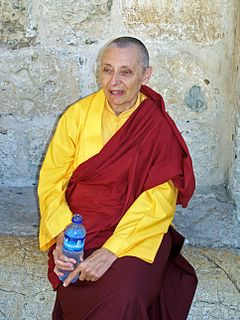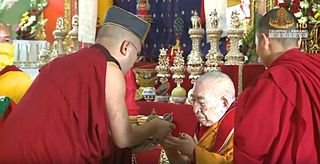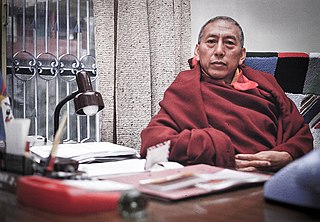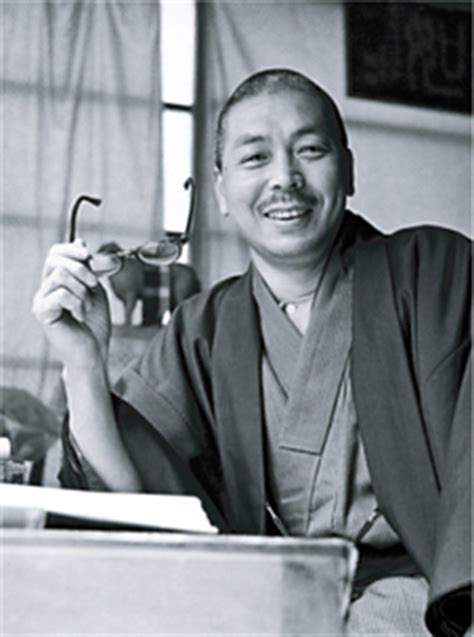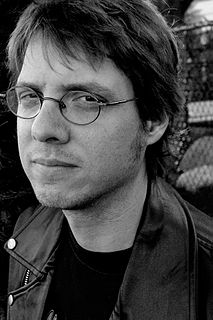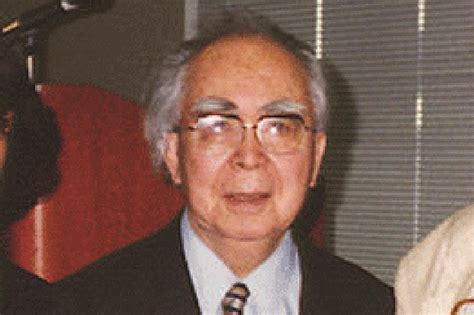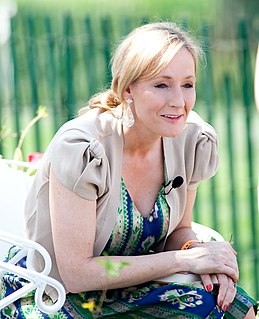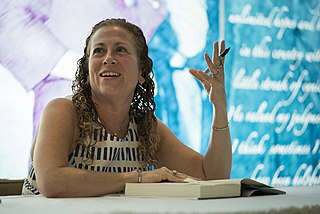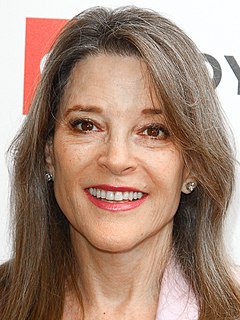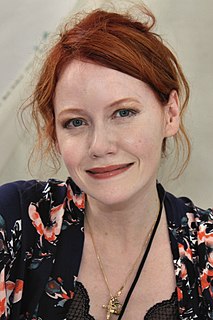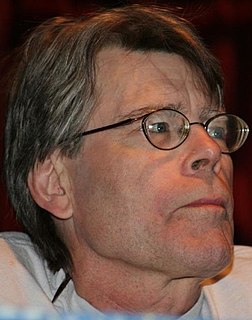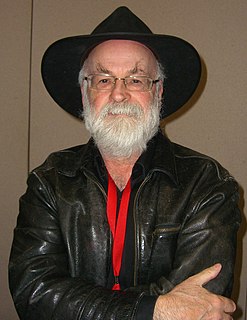A Quote by Geshe Kelsang Gyatso
Going for refuge to Buddha,Dharma, and Sangha means that we apply effort to receiving Buddha's blessings, to putting Dharma into practice, and to receiving help from Sangha.
Related Quotes
In Buddhism, there are three gems: Buddha, the awakened one; Dharma,
the way of understanding and loving; and Sangha, the community that
lives in harmony and awareness. The three are interrelated, and at
times it is hard to distinguish one from another. In everyone there
is the capacity to wake up, to understand, and to love. So in
ourselves we find Buddha, and we also find Dharma and Sangha.
Dharma has several connotations in South Asian religions, but in Buddhism it has two basic, interrelated meanings: dharma as 'teaching' as found in the expression Buddha Dharma, and dharma as 'reality-as-is' (abhigama-dharma). The teaching is a verbal expression of reality-as-is that consists of two aspects-the subject that realizes and the object that is realized. Together they constitute 'reality-as-is;' if either aspect is lacking, it is not reality-as-is. This sense of dharma or reality-as-is is also called suchness (tathata) or thatness (tattva) in Buddhism.
There are several realms which ordinary persons do not perceive. Because they cannot see them, that doesn't mean they don't exist. One of these realms is the sambhogakaya that can only be visited by highly realized Bodhisattvas. In the pure realm of the sambhogakaya, the Dharma is continuously taught. One sambhogakaya realm is Tushita, which is presided over by the next Buddha, the Maitreya Buddha. Buddha Shakyamuni dwelled there before coming to earth to give Dharma teachings.
When we say, "I take refuge in the Buddha," we should also understand that "The Buddha takes refuge in me," because without the second part the first part is not complete. The Buddha needs us for awakening, understanding, and love to be real things and not just concepts. They must be real things that have real effects on life. Whenever I say, "I take refuge in the Buddha," I hear "the Buddha takes refuge in me."
Buddha was a responsible guy and believed in his monks being responsible, their responsibility would no longer be to their practice or to the sangha, but to their child because that's the only honest way to do it. You can't have it both ways. So anytime a monk would have sex, there was always that possibility and it was a very big deal.
To think that practice and realization are not one is a heretical view. In the Buddha Dharma, practice and realization are identical. Because one's present practice is practice in realization, one's initial negotiating of the Way in itself is the whole of original realization. Thus, even while directed to practice, one is told not to anticipate a realization apart from practice, because practice points directly to original realization.
The art of dharma practice requires commitment, technical accomplishment, and imagination. As with all arts, we will fail to realize its full potential if any of these three are lacking. The raw material of dharma practice is ourself and our world, which are to be understood and transformed according to the vision and values of the dharma itself. This is not a process of self- or world- transcendence, but one of self- and world- creation.



